Qasem Soleimani, the Iranian major-general blown up by the US over the New Year, will have seen himself arrested by Saudi troops in a computer-animated film of the ‘liberation’ of Iran from Ayatollah rule. Saudi Deterrent Force was a six-minute fantasy released online by anonymous video-makers in Saudi Arabia in 2017. It was viewed over 750,000 times before Iranian animators struck back with Battle of the Persian Gulf II, in which the Great Satan and perceived Saudi lackey Donald Trump is humiliated in an imagined Gulf battle led by Soleimani.
Now that Soleimani is, in Pentagon-speak, a ‘vaporised non-person’, Saudi Deterrent Force acquires added interest for us as propaganda. Large parts of the Sunni world loathed Soleimani and his Shia Muslim entourage and indeed celebrated his death by drone. (One Lebanese political scientist even tweeted that President Trump should run for office in a Sunni-majority Arab country.) In her scholarly guide to the vagaries of war and animated film, Nightmares in the Dream Sanctuary, Donna Kornhaber considers the anti-Iranian video in all its cartoonal intent to validate Saudi aggression (if not Sunni jihadism) against a feared Shia crescent of influence in the Middle East. In the high-speed information mosaic of life today, where fake news proliferates by the hour, animation can either speak truth to power or speak untruth on behalf of the powerful. Saudi Deterrent Force, for all its slick pixilation, remains unashamed propaganda.
The first recorded public viewing of an animated propaganda film, says Kornhaber, took place in December 1899 at the Empire Theatre in London’s Leicester Square. A flickering image of two matchstick-men filled the screen as audiences were asked to donate a guinea each to buy much-needed matchbooks for British troops on the Boer front. Matches Appeal, a one-minute ‘photoplay’ devised by the eccentric Hertfordshire photographer Arthur Melbourne-Cooper, radiated the dream-like strangeness of shadowbox or lantern-slide shows: audiences were spellbound. From the cranky charm of Victorian-era animation, Kornhaber moves on to second world war Disney and Looney Tunes cartoon films.
In the wartime shorts Donald Gets Drafted, Commando Duck and Daffy — the Commando, Daffy and Donald Duck single-handedly take on the Axis powers. Donald, quacking deliriously, even navigates a South Pacific jungle river in an inflatable dinghy while the Japanese take pot shots. Der Fuehrer’s Face, the funniest of the mid-1940s Disney propaganda efforts, sends up the ‘super duper supermen’ of Nazi Germany in prototype Mel Brooks-style humour. Donald is a ‘Nutsy party’ member who sieg heils some 30 times before he wakes up in a sweat in America to realise that his service to the Nazi cause has all been a bad dream. (He is wearing stars and stripes pyjamas.)
Kornhaber, a Texas-based academic, considers a range of animated films made in Syria and Sarajevo, communist-era Czechoslovakia and Poland, the Congo, Korea and Israel. Most of them are now available on YouTube, among them the 1969 anti-Vietnam protest animation Mickey Mouse in Vietnam, where a crudely drawn (and copyright-violating) army mascot-mouse is shot dead within seconds of entering combat. What can the medium of Mickey Mouse and Daffy Duck have to tell us about Hitler’s war against the Jews? We Shall Never Die, an ‘inspirational and forward-looking’ Israeli animation from 1959, commemorates the Jewish loss at Treblinka and Sobibor by means of images of lit yahrzeit (soul) candles. Rather than depict the industrialised killings of European Jewry in any direct way, the film offers a quiet memorial.
Half a century later, in 2008, the Israeli animation Waltz with Bashir by Ari Folman interrogated a more recent traumatic memory. On 16 September 1982, Maronite Christian militiamen acting as Israel’s client murdered some 3,500 defenceless Palestinian civilians in the refugee camps of Sabra and Chatila in Israeli-occupied West Beirut. Through an ex-Israeli army soldier’s memory, the film pieces together the events of that day. Israel’s aggression against Lebanon, dreadfully, made anti-Semitism respectable again as cartoons of Jews like those crudely represented in Nazi propaganda animation films (‘among the most unwatchable species of film on the planet’, says Kornhaber) began to appear in European newspapers. The children’s writer Roald Dahl (certainly not known for his philo-Semitism) wrote that 1982 was ‘when we all started hating the Jews’. Waltz with Bashir, with its implied criticism of Israeli policy under Begin, served to temper anti-Jewish sentiment.
Kornhaber’s book, though fascinating, is marred at times by use of formulaic words such as ‘iconic’ and ‘trope’ and other campus-trendy locutions (‘narratively expansive’, ‘narratively driven’). The usual media study gurus are drearily and predictably quoted: Walter Benjamin, Roland Barthes, Susan Sontag. Yet Nightmares in the Dream Sanctuary remains an immensely valuable survey that opens a window onto the wizardry of animation and the afterlives of Daffy, Donald, Mickey — and even major-general Soleimani.
Got something to add? Join the discussion and comment below.
Get 10 issues for just $10
Subscribe to The Spectator Australia today for the next 10 magazine issues, plus full online access, for just $10.
You might disagree with half of it, but you’ll enjoy reading all of it. Try your first month for free, then just $2 a week for the remainder of your first year.

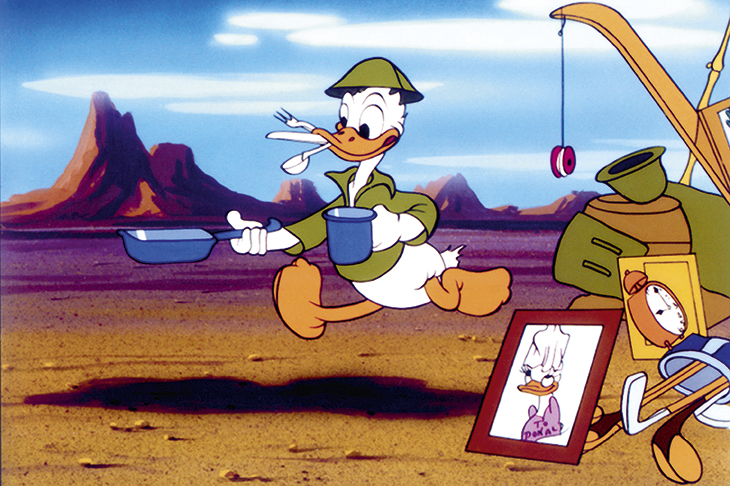
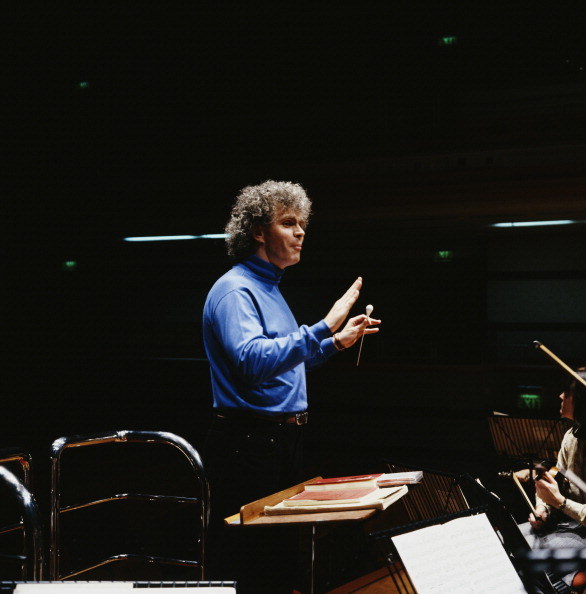
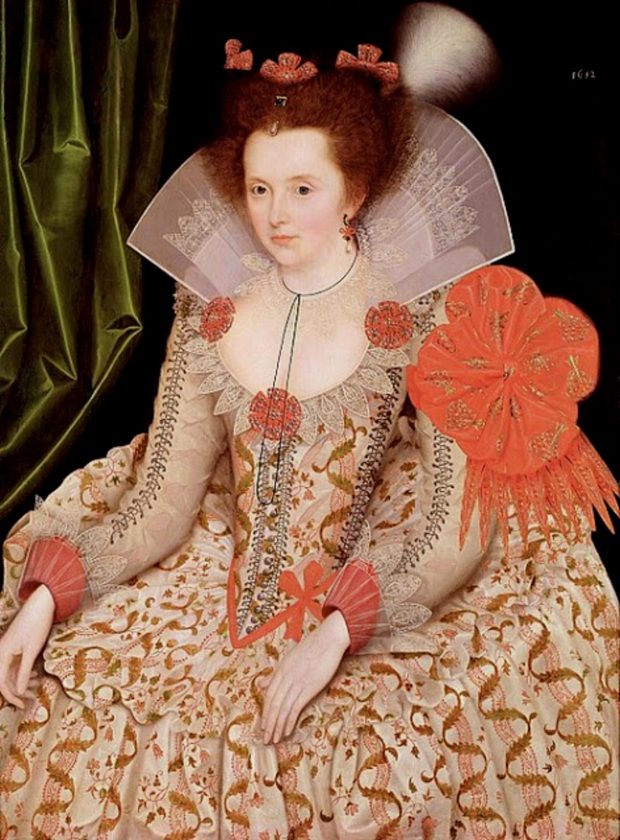
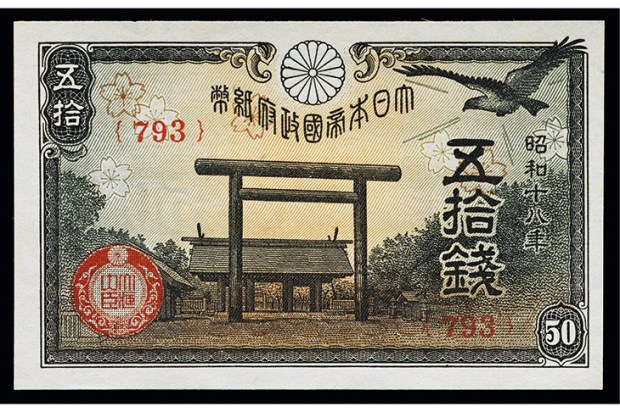
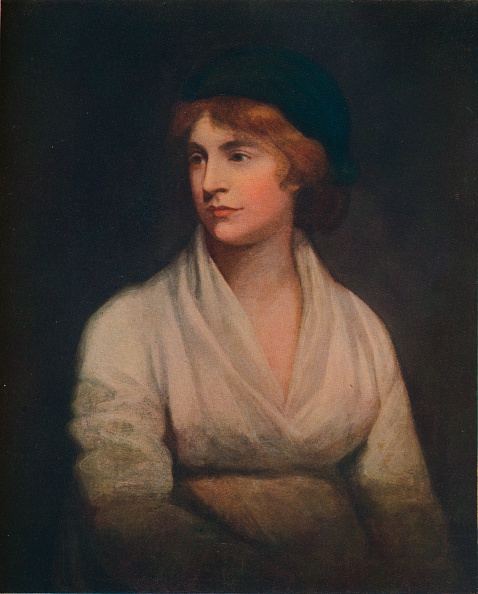
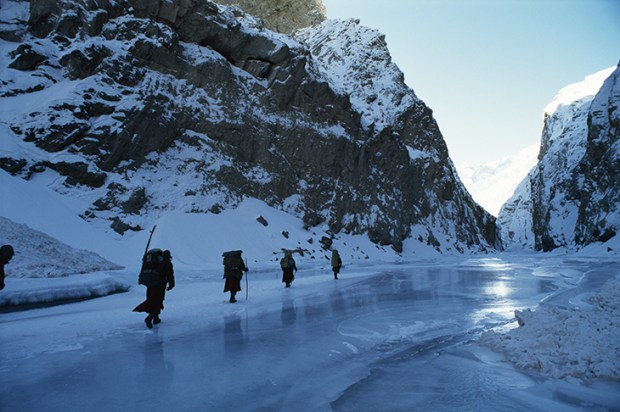







Comments
Don't miss out
Join the conversation with other Spectator Australia readers. Subscribe to leave a comment.
SUBSCRIBEAlready a subscriber? Log in